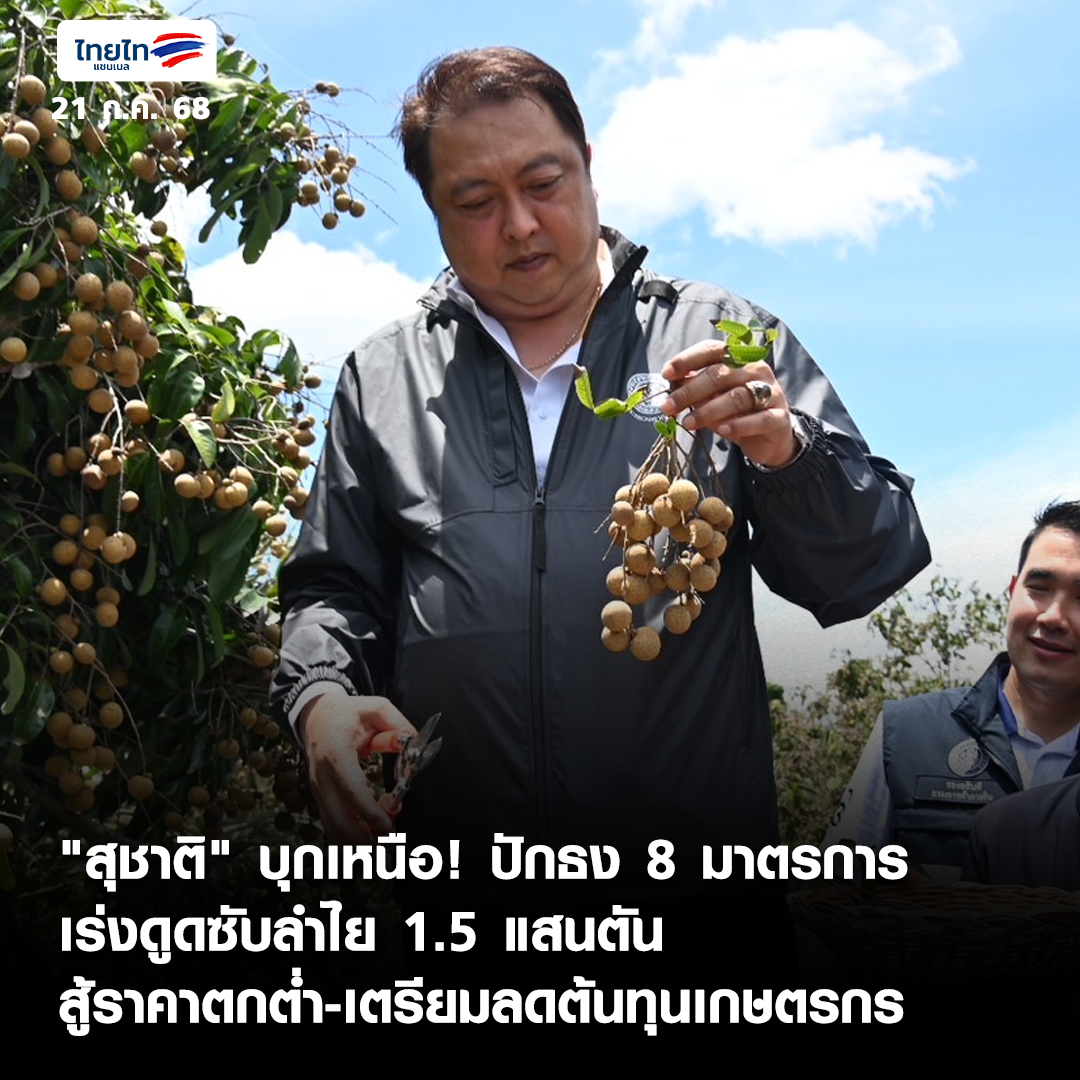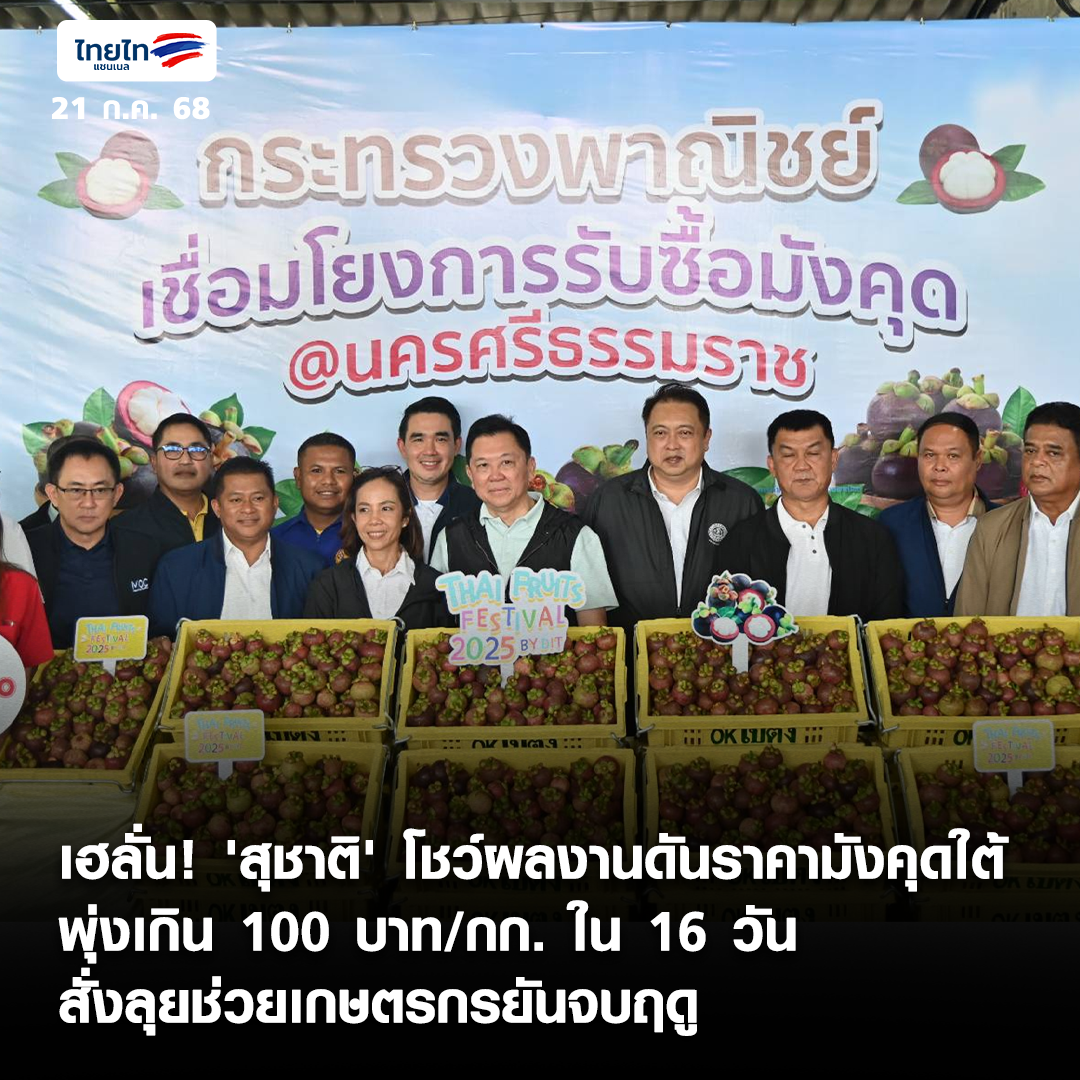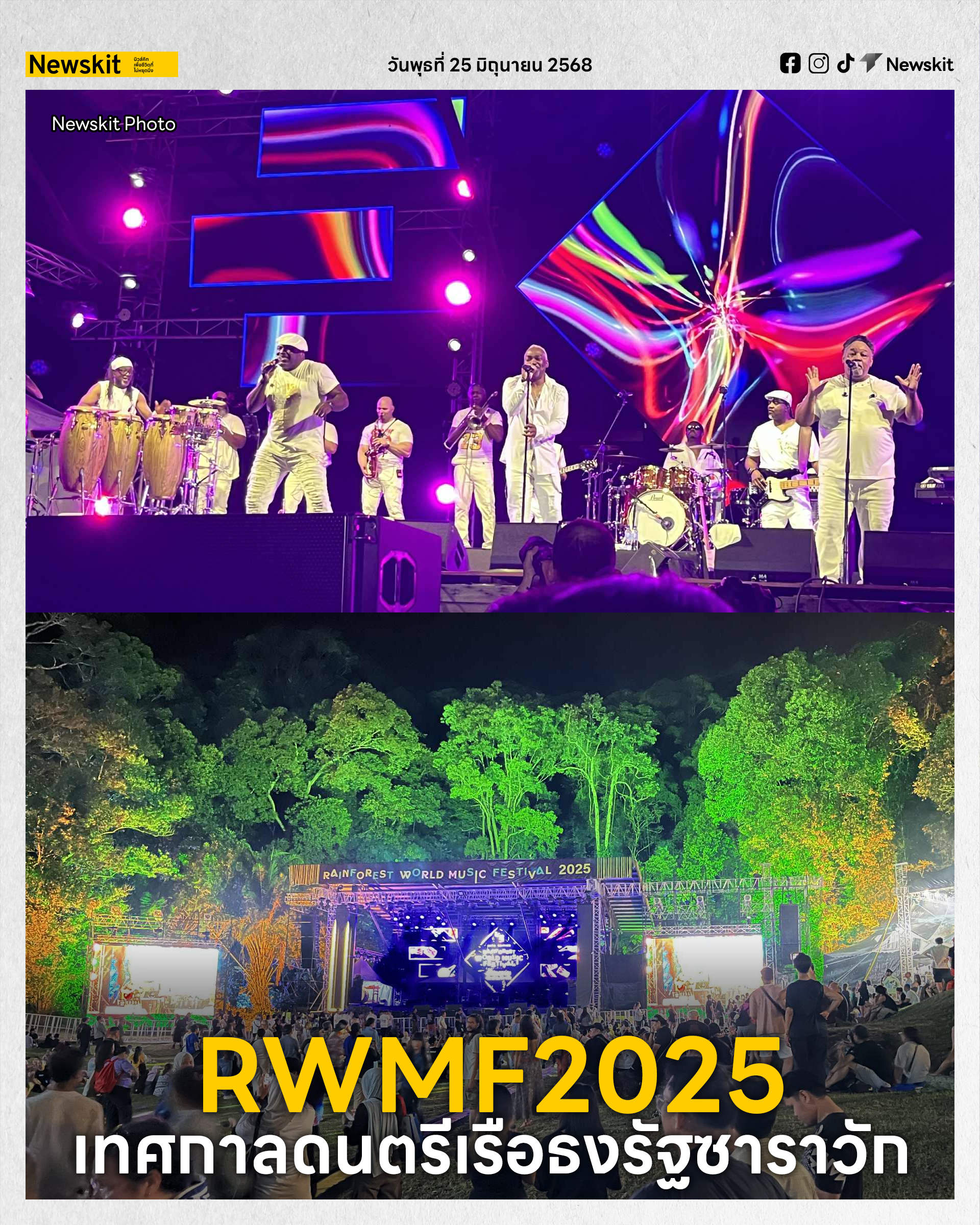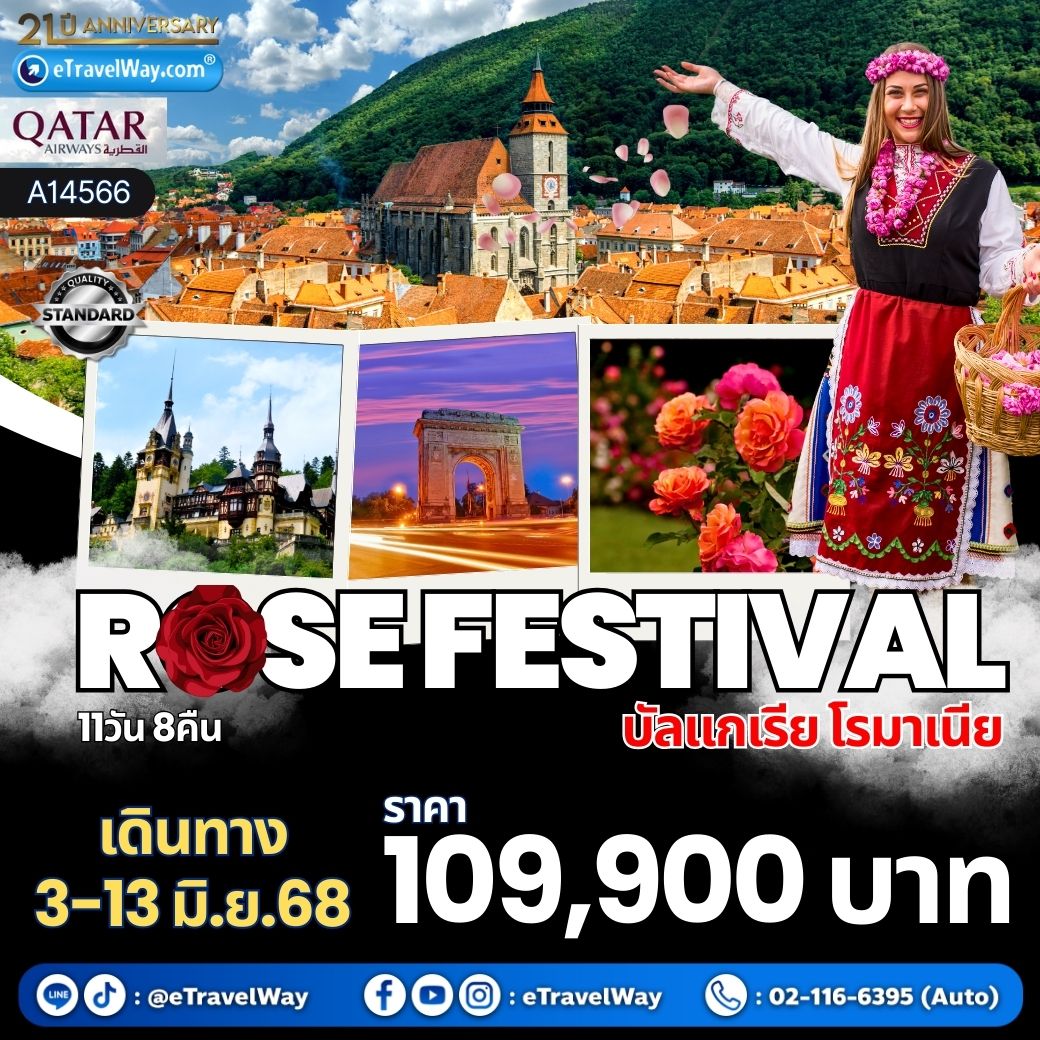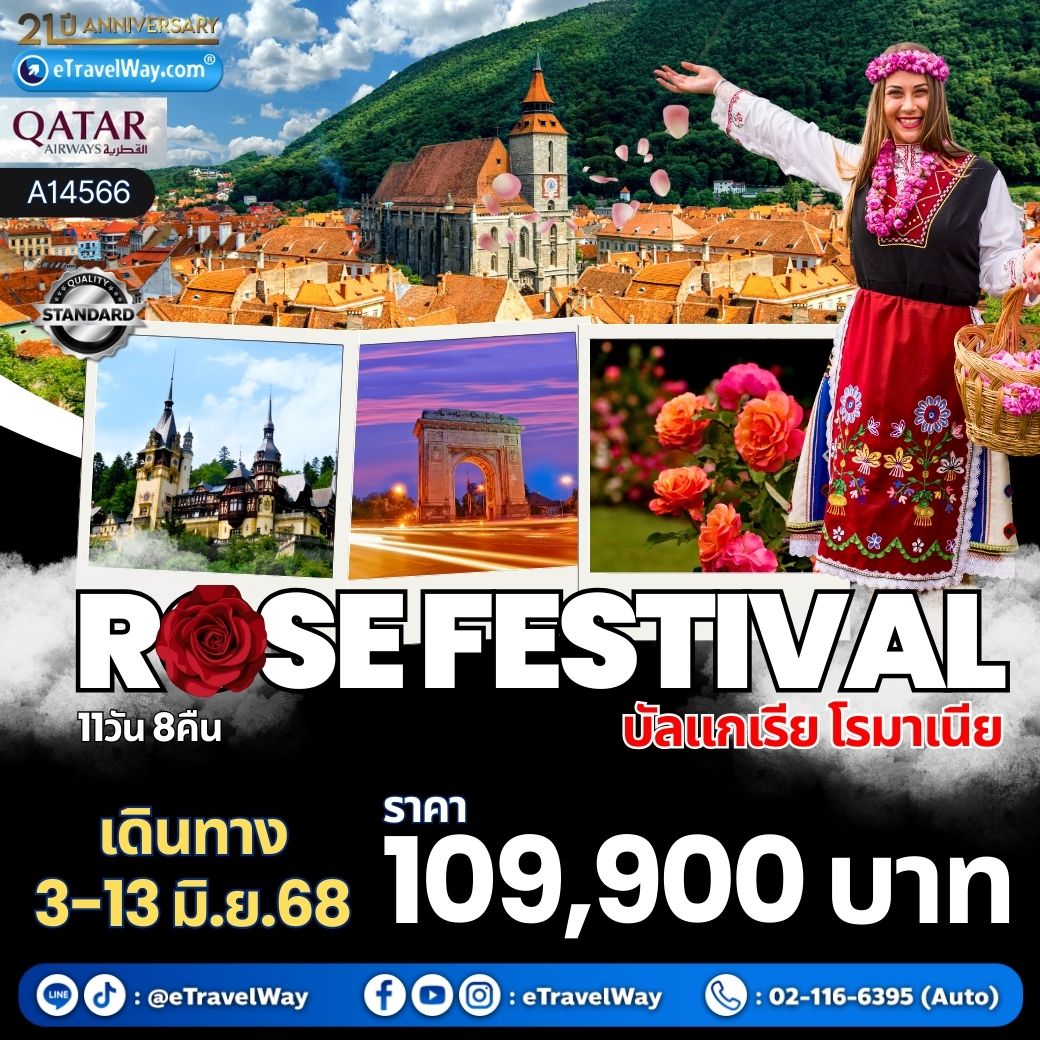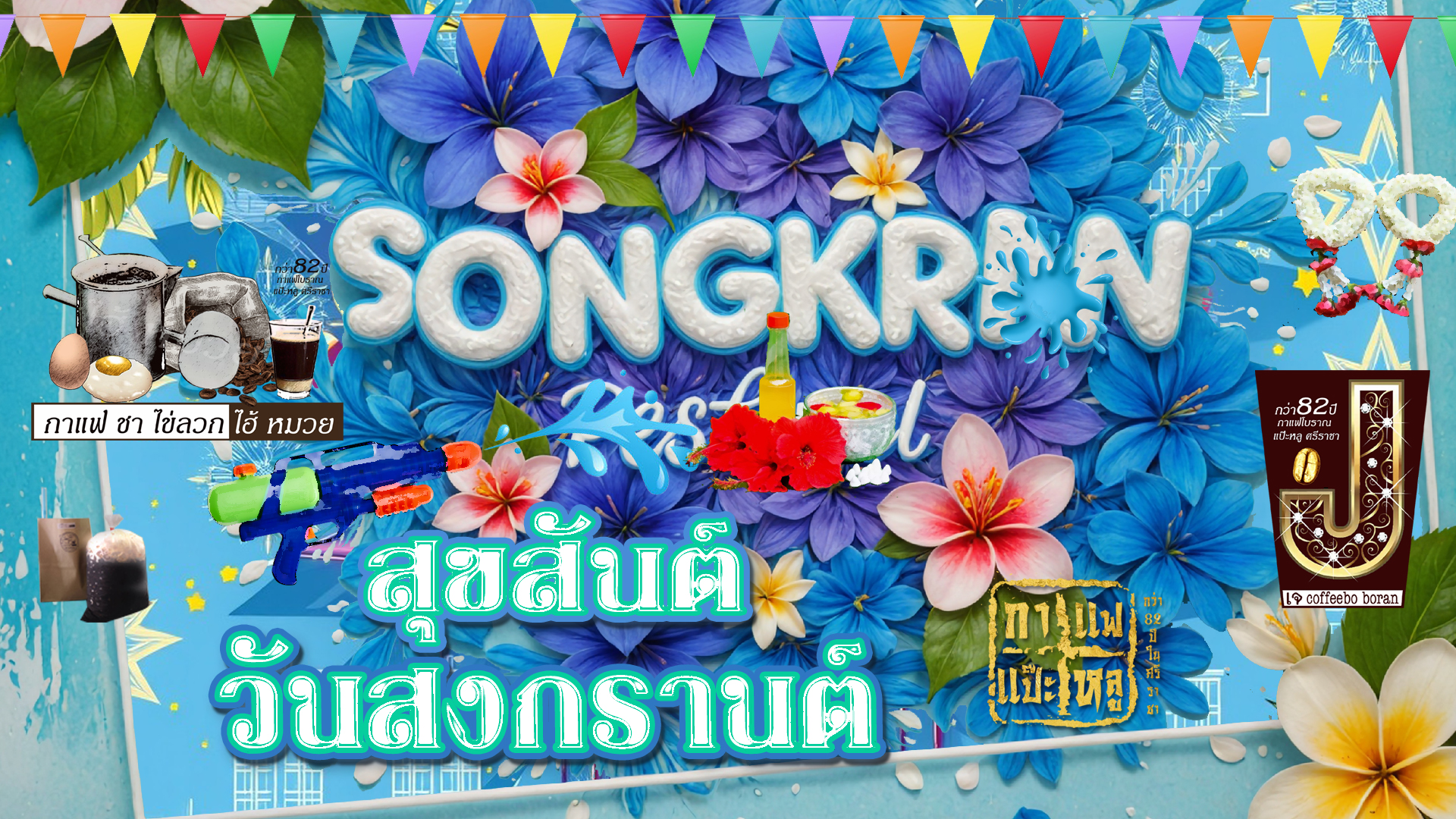https://www.youtube.com/watch?v=UbiuSgjAjlU
บทสนทนาวันปีใหม่
(คลิกอ่านเพิ่มเติม เพื่ออ่านบทสนทนาภาษาอังกฤษและไทย และคำศัพท์น่ารู้)
แบบทดสอบการฟังภาษาอังกฤษ จากบทสนทนาวันปีใหม่
มีคำถาม 5 ข้อหลังฟังเสร็จ เพื่อทดสอบการฟังภาษาอังกฤษของคุณ
#บทสนทนาภาษาอังกฤษ #ฝึกฟังภาษาอังกฤษ #ปีใหม่
The conversations from the clip :
Emily: Hi, Jack! Do you know how the New Year’s celebration started?
Jack: Hey, Emily! Not exactly. I know it’s a global tradition, but what’s the history behind it?
Emily: Well, the first recorded New Year’s celebration was over 4,000 years ago in ancient Babylon.
Jack: Really? That’s so long ago! How did they celebrate?
Emily: They celebrated during the spring equinox with a festival called Akitu. It lasted 11 days.
Jack: Wow, 11 days of celebrations? That sounds intense!
Emily: It was! They honored their gods and renewed their king's power during the festival.
Jack: That’s fascinating. Did they celebrate on January 1st back then?
Emily: No, the January 1st tradition started in 45 BCE when Julius Caesar introduced the Julian calendar.
Jack: So, it was the Romans who set January 1st as New Year’s Day?
Emily: Exactly. They dedicated the day to Janus, the god of beginnings and transitions.
Jack: That’s why it’s called January! It makes so much sense now.
Emily: Right! People would exchange gifts and make sacrifices to Janus for good fortune.
Jack: Sounds similar to our modern traditions like resolutions and celebrations.
Emily: Definitely! It’s amazing how some things have stayed the same for centuries.
Jack: It really is. Thanks for the history lesson, Emily!
Emily: Anytime, Jack! Happy early New Year, by the way!
Jack: Same to you! Let’s celebrate and make it memorable this year.
Emily: สวัสดี แจ็ค! คุณรู้ไหมว่าการเฉลิมฉลองปีใหม่เริ่มต้นขึ้นได้อย่างไร?
Jack: สวัสดี เอมิลี่! ไม่ค่อยแน่ใจนะ รู้แค่ว่ามันเป็นประเพณีทั่วโลก แต่เบื้องหลังมันคืออะไรเหรอ?
Emily: เอาล่ะ การเฉลิมฉลองปีใหม่ครั้งแรกที่บันทึกไว้เกิดขึ้นเมื่อกว่า 4,000 ปีก่อนในบาบิโลนโบราณ
Jack: จริงเหรอ? นานขนาดนั้นเลย! พวกเขาเฉลิมฉลองกันยังไง?
Emily: พวกเขาเฉลิมฉลองในช่วงเวลาที่กลางวันเท่ากับกลางคืนในฤดูใบไม้ผลิ ด้วยเทศกาลที่เรียกว่า Akitu ซึ่งกินเวลาถึง 11 วัน
Jack: ว้าว เทศกาล 11 วันเลยเหรอ? ฟังดูยิ่งใหญ่มาก!
Emily: ใช่เลย! พวกเขาบูชาเทพเจ้าของพวกเขา และฟื้นฟูอำนาจของกษัตริย์ในช่วงเทศกาล
Jack: น่าสนใจจัง ตอนนั้นพวกเขาเฉลิมฉลองวันที่ 1 มกราคมด้วยไหม?
Emily: ไม่เลย ประเพณีวันที่ 1 มกราคมเริ่มต้นขึ้นในปี 45 ก่อนคริสตกาล เมื่อจูเลียส ซีซาร์แนะนำปฏิทินจูเลียน
Jack: อ๋อ งั้นเป็นชาวโรมันสินะที่กำหนดให้วันที่ 1 มกราคมเป็นวันปีใหม่?
Emily: ถูกต้อง พวกเขาอุทิศวันนั้นให้กับเจนัส เทพเจ้าแห่งการเริ่มต้นและการเปลี่ยนแปลง
Jack: อ๋อ นั่นสินะถึงได้เรียกว่า "January"! เข้าใจแล้วล่ะ
Emily: ใช่เลย! คนในยุคนั้นจะแลกเปลี่ยนของขวัญและทำพิธีบูชาเจนัสเพื่อความโชคดี
Jack: ฟังดูคล้ายกับประเพณีของเราในปัจจุบันเลย เช่น การตั้งปณิธานและการเฉลิมฉลอง
Emily: ใช่เลย! น่าทึ่งนะที่บางสิ่งยังคงอยู่มาหลายศตวรรษ
Jack: จริงมาก ขอบคุณสำหรับบทเรียนประวัติศาสตร์นะ เอมิลี่!
Emily: ยินดีเสมอ แจ็ค! ว่าแต่ สุขสันต์ปีใหม่ล่วงหน้าด้วยนะ!
Jack: เช่นกันเลย! มาฉลองให้ปีนี้เป็นปีที่น่าจดจำกันเถอะ
Vocabulary (คำศัพท์น่ารู้)
Celebration (เซล-ละ-เบร-ชัน) n. แปลว่า การเฉลิมฉลอง
Tradition (ทรา-ดิช-ชัน) n. แปลว่า ประเพณี
History (ฮิส-ทอ-รี) n. แปลว่า ประวัติศาสตร์
Festival (เฟส-ติ-เวิล) n. แปลว่า เทศกาล
Equinox (อี-ควิ-นอคซ) n. แปลว่า วันราตรีเสมอภาค
Power (เพา-เวอร์) n. แปลว่า อำนาจ
Transition (แทรน-ซิช-ชัน) n. แปลว่า การเปลี่ยนผ่าน
Fortune (ฟอร์-ชูน) n. แปลว่า โชคชะตา
Resolution (เรส-ซะ-ลู-ชัน) n. แปลว่า ปณิธาน
Calendar (แคล-เลน-เดอร์) n. แปลว่า ปฏิทิน
Gift (กิฟท์) n. แปลว่า ของขวัญ
Sacrifice (แซค-ริ-ไฟซ) n. แปลว่า การบูชายัญ
Beginning (บิก-กิน-นิง) n. แปลว่า จุดเริ่มต้น
Lesson (เลส-ซัน) n. แปลว่า บทเรียน
Fortune (ฟอร์-ชูน) n. แปลว่า ความโชคดี
https://www.youtube.com/watch?v=UbiuSgjAjlU
บทสนทนาวันปีใหม่
(คลิกอ่านเพิ่มเติม เพื่ออ่านบทสนทนาภาษาอังกฤษและไทย และคำศัพท์น่ารู้)
แบบทดสอบการฟังภาษาอังกฤษ จากบทสนทนาวันปีใหม่
มีคำถาม 5 ข้อหลังฟังเสร็จ เพื่อทดสอบการฟังภาษาอังกฤษของคุณ
#บทสนทนาภาษาอังกฤษ #ฝึกฟังภาษาอังกฤษ #ปีใหม่
The conversations from the clip :
Emily: Hi, Jack! Do you know how the New Year’s celebration started?
Jack: Hey, Emily! Not exactly. I know it’s a global tradition, but what’s the history behind it?
Emily: Well, the first recorded New Year’s celebration was over 4,000 years ago in ancient Babylon.
Jack: Really? That’s so long ago! How did they celebrate?
Emily: They celebrated during the spring equinox with a festival called Akitu. It lasted 11 days.
Jack: Wow, 11 days of celebrations? That sounds intense!
Emily: It was! They honored their gods and renewed their king's power during the festival.
Jack: That’s fascinating. Did they celebrate on January 1st back then?
Emily: No, the January 1st tradition started in 45 BCE when Julius Caesar introduced the Julian calendar.
Jack: So, it was the Romans who set January 1st as New Year’s Day?
Emily: Exactly. They dedicated the day to Janus, the god of beginnings and transitions.
Jack: That’s why it’s called January! It makes so much sense now.
Emily: Right! People would exchange gifts and make sacrifices to Janus for good fortune.
Jack: Sounds similar to our modern traditions like resolutions and celebrations.
Emily: Definitely! It’s amazing how some things have stayed the same for centuries.
Jack: It really is. Thanks for the history lesson, Emily!
Emily: Anytime, Jack! Happy early New Year, by the way!
Jack: Same to you! Let’s celebrate and make it memorable this year.
Emily: สวัสดี แจ็ค! คุณรู้ไหมว่าการเฉลิมฉลองปีใหม่เริ่มต้นขึ้นได้อย่างไร?
Jack: สวัสดี เอมิลี่! ไม่ค่อยแน่ใจนะ รู้แค่ว่ามันเป็นประเพณีทั่วโลก แต่เบื้องหลังมันคืออะไรเหรอ?
Emily: เอาล่ะ การเฉลิมฉลองปีใหม่ครั้งแรกที่บันทึกไว้เกิดขึ้นเมื่อกว่า 4,000 ปีก่อนในบาบิโลนโบราณ
Jack: จริงเหรอ? นานขนาดนั้นเลย! พวกเขาเฉลิมฉลองกันยังไง?
Emily: พวกเขาเฉลิมฉลองในช่วงเวลาที่กลางวันเท่ากับกลางคืนในฤดูใบไม้ผลิ ด้วยเทศกาลที่เรียกว่า Akitu ซึ่งกินเวลาถึง 11 วัน
Jack: ว้าว เทศกาล 11 วันเลยเหรอ? ฟังดูยิ่งใหญ่มาก!
Emily: ใช่เลย! พวกเขาบูชาเทพเจ้าของพวกเขา และฟื้นฟูอำนาจของกษัตริย์ในช่วงเทศกาล
Jack: น่าสนใจจัง ตอนนั้นพวกเขาเฉลิมฉลองวันที่ 1 มกราคมด้วยไหม?
Emily: ไม่เลย ประเพณีวันที่ 1 มกราคมเริ่มต้นขึ้นในปี 45 ก่อนคริสตกาล เมื่อจูเลียส ซีซาร์แนะนำปฏิทินจูเลียน
Jack: อ๋อ งั้นเป็นชาวโรมันสินะที่กำหนดให้วันที่ 1 มกราคมเป็นวันปีใหม่?
Emily: ถูกต้อง พวกเขาอุทิศวันนั้นให้กับเจนัส เทพเจ้าแห่งการเริ่มต้นและการเปลี่ยนแปลง
Jack: อ๋อ นั่นสินะถึงได้เรียกว่า "January"! เข้าใจแล้วล่ะ
Emily: ใช่เลย! คนในยุคนั้นจะแลกเปลี่ยนของขวัญและทำพิธีบูชาเจนัสเพื่อความโชคดี
Jack: ฟังดูคล้ายกับประเพณีของเราในปัจจุบันเลย เช่น การตั้งปณิธานและการเฉลิมฉลอง
Emily: ใช่เลย! น่าทึ่งนะที่บางสิ่งยังคงอยู่มาหลายศตวรรษ
Jack: จริงมาก ขอบคุณสำหรับบทเรียนประวัติศาสตร์นะ เอมิลี่!
Emily: ยินดีเสมอ แจ็ค! ว่าแต่ สุขสันต์ปีใหม่ล่วงหน้าด้วยนะ!
Jack: เช่นกันเลย! มาฉลองให้ปีนี้เป็นปีที่น่าจดจำกันเถอะ
Vocabulary (คำศัพท์น่ารู้)
Celebration (เซล-ละ-เบร-ชัน) n. แปลว่า การเฉลิมฉลอง
Tradition (ทรา-ดิช-ชัน) n. แปลว่า ประเพณี
History (ฮิส-ทอ-รี) n. แปลว่า ประวัติศาสตร์
Festival (เฟส-ติ-เวิล) n. แปลว่า เทศกาล
Equinox (อี-ควิ-นอคซ) n. แปลว่า วันราตรีเสมอภาค
Power (เพา-เวอร์) n. แปลว่า อำนาจ
Transition (แทรน-ซิช-ชัน) n. แปลว่า การเปลี่ยนผ่าน
Fortune (ฟอร์-ชูน) n. แปลว่า โชคชะตา
Resolution (เรส-ซะ-ลู-ชัน) n. แปลว่า ปณิธาน
Calendar (แคล-เลน-เดอร์) n. แปลว่า ปฏิทิน
Gift (กิฟท์) n. แปลว่า ของขวัญ
Sacrifice (แซค-ริ-ไฟซ) n. แปลว่า การบูชายัญ
Beginning (บิก-กิน-นิง) n. แปลว่า จุดเริ่มต้น
Lesson (เลส-ซัน) n. แปลว่า บทเรียน
Fortune (ฟอร์-ชูน) n. แปลว่า ความโชคดี




